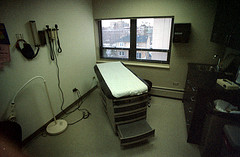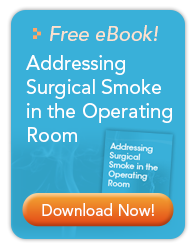 The medical industry has made many technological strides over the last century, but none may be as impactful as advancements in electrosurgery.
The medical industry has made many technological strides over the last century, but none may be as impactful as advancements in electrosurgery.
It is estimated that electrosurgery is involved in more than 80 percent of all surgical procedures today. The system owes its roots to Dr. William T. Bovie, an early 20th century professor at Harvard who began his research in 1914 and worked to perfect it until 1926 when his brainchild was first used in surgery. Today, Bovie's invention has become the first name in electrosurgery. Most surgeons refer to their electrosurgery equipment as "Bovies," despite the fact a real Bovie® is a registered trademark of Bovie Medical Corporation. These units are precise pieces of equipment that are manufactured with patient safety in mind.
If you are a health care provider, or a medical supply representative, electrosurgery can help improve and increase your business, whether your specialty is dermatology, plastic surgery, urology, general surgery or gynecology. Nearly all medical clinics can benefit from Bovie's vision.
Electrosurgical units are even used in some dental surgeries, as laid-out our "how to" guide for electrosurgery equipment, 'Understanding Electrosurgery." This highly informative booklet details specific uses Bovies can be applied to and correct terminology.
The evolution of surgical procedures.
Thanks to advancements in electrosurgery, over the last few decades, surgical procedures have moved out of the hospital and right into office and clinic settings. If you haven't already, it is time to take advantage of this trend.
To take full advantage of the benefits of electrosurgery, understanding the purpose of the unit is essential. Basically, the Electrosurgical Units, or ESU's primary uses are to control bleeding during surgery and for precise surgical cutting of tissue. ESUs are frequently used for breast augumentation in a plastics procedure, removal of potentially cancerous tissue with a loop electrode in an OBGYN setting and in dermatology for MOHS procedures all performed outside the hospital. In the operating room of the hospital ESU's are routinely used in open and laparoscopic procedures in both mono and bi-polar mode for a host of surgical outcomes.
When properly used, today's ESU has many safety features built into it. The most important in the prevention of burns to the patient is the split neutral electrode. When combined with a unit that continuously moniters the feedback from the pad site, the odds of a problem occuring are dramatically reduced. The company has incorporated automatic safety systems in their ESU's including self-test circuits, audible tones, discreet outputs, isolated circuitry and as discussed earlier, neutral electrode monitoring. All of these factors contribute to our reputation as the first name in electrosurgery.
Photo courtesy of PhotoDu.de







